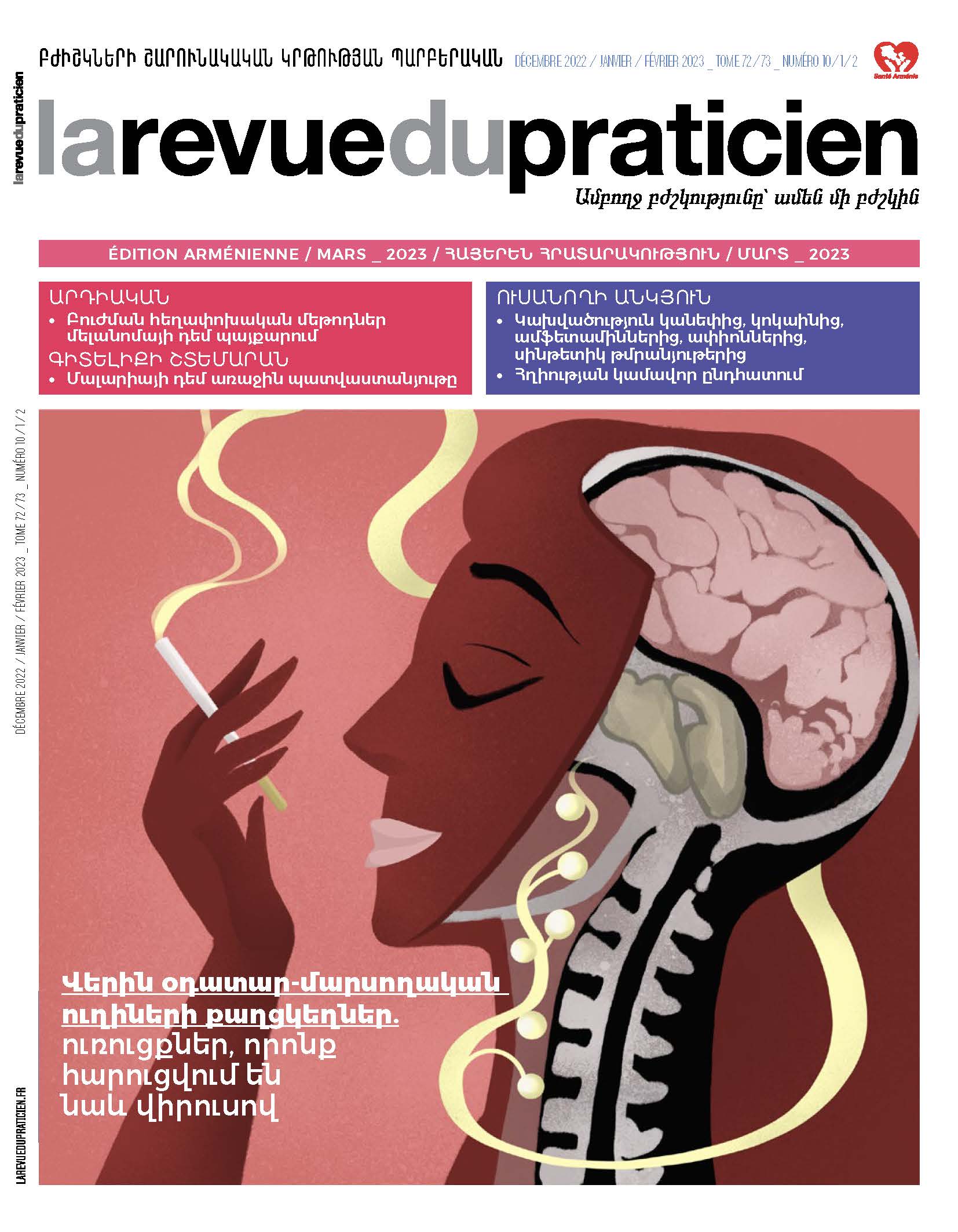Abstract
Neuromyelitis optica (NMO) or neuromyelitis optica spectrum disorder (NMOSD) includes different inflammatory conditions of the central nervous system distinct from multiple sclerosis. It is characterized by the association of typical clinical manifestations, such as optic neuritis, extensive transverse myelitis, involvement of the area postrema, and by the presence of anti-aquaporin 4 antibodies. It evolves with relapses. These can be lethal and justify emergency treatment with the administration of high dose of intravenous corticosteroids possibly associated with plasma exchange sessions. A disease modifying treatment is then started to prevent the occurrence of a new relapse.
